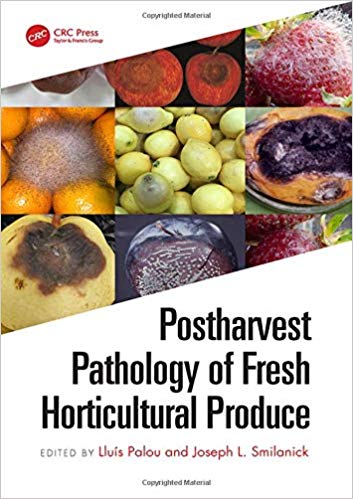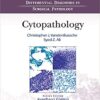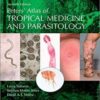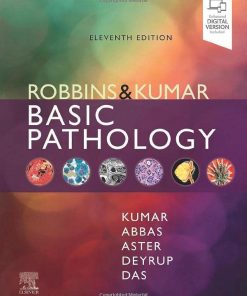- Series: Innovations in Postharvest Technology
- Hardcover: 842 pages
- Publisher: CRC Press; 1 edition (November 14, 2019)
- Language: English
- ISBN-10: 1138630837
- ISBN-13: 978-1138630833
- Format: PDF Original
- ==========================+======================
-
Note : We will send ebook download link after confirmation of payment via paypal success
Payment methods: Visa or master card (Paypal)
Postharvest Pathology of Fresh Horticultural Produce (Innovations in Postharvest Technology) 1st Edition PDF
$20
by Lluís Palou (Editor), Joseph L. Smilanick (Editor)
- Provides comprehensive academic and practical reviews of postharvest diseases of fresh fruits and vegetables
- Discusses the economic importance, etiology, and epidemiology of the most significant postharvest diseases
- Includes quality color plates that allow the practical identification of disease symptoms
- Explains practical postharvest disease management actions, including the use of conventional fungicides and alternatives to their use
Postharvest Pathology of Fresh Horticultural Produce (Innovations in Postharvest Technology) 1st Edition PDF
Optimal distribution of fresh horticultural products entails prolonging their freshness and nutritional quality as long as possible after harvest. A major limitation to their marketing is decay after harvest, which is caused primarily by fungal pathogens. Postharvest Pathology of Fresh Horticultural Produce provides a comprehensive resource of information about the biology and control of postharvest diseases of many fresh horticultural products, citing sources from appropriate literature of any age, rather than only the most recent.
The etiology and symptoms of postharvest diseases and the biology of postharvest pathogens are reviewed by leading experts, who are familiar with many of world’s most popular fresh fruits and vegetables and the diseases that affect them.
Key aspects related to infection and epidemiology, methods to minimize postharvest decay losses, including use of conventional fungicides and alternative management strategies, harvest and handling practices, and other aspects are described for the most significant temperate, subtropical, and tropical fruits as well as fruit-like vegetables and leafy vegetables.
Features:
The authors summarize a massive quantity of published information, and often apply their own considerable practical experience to identify and interpret the most significant information. This book is a valuable and comprehensive resource for industry professionals, academics, educators, students, consultants, pest control advisors, regulatory personnel, and others interested in this subject.
Product details |
Related Products
Basic Sciences Books
Fundamentals of Pathology of Skin, 5th Edition (Original PDF from Publisher)
Basic Sciences Books
Lever’s Dermatopathology: Histopathology of the Skin, 12th Edition (EPUB3)
Basic Sciences Books
Robbins & Kumar Basic Pathology, 11th edition (Original PDF from Publisher) and video
Pathology Books
Diagnostic Pathology: Endocrine, 3rd edition 2022 Original PDF
Pathology Books
HEAD AND NECK SURGERY & OTOLARYNGOLOGY
Diagnostic Pathology: Head and Neck, 3rd Edition 2022 Original PDF
Pathology Books
Pathology Books
Atlas of Hepatocellular Carcinoma Pathology 2022 Original pdf
Pathology Books
Pathology Books
Pathology Books
Pathology Books
Pathology Books
Pathology Books
Pathology Books
Diagnostic Pathology: Thoracic, 3rd edition 2022 Original PDF
Pathology Books
Pathology Books
Pathology Books
The Voice and Voice Therapy (10th Edition) 2019 Original pdf
Pathology Books
Pathology Books
Pathology Books
Pathology Books
Pathology Books
Pathology Books
Pathology Books
Diagnostic Cutaneous Pathology, 2 Volume Set 2021 Original PDF
Pathology Books
Pathology Books
Pathology Books
Lever’s Histopathology of the Skin Eleventh Ed 2021 Original pdf
Pathology Books
Pathology Books
Pathology Books
Diagnostic Pathology of Infectious Disease 2018 Original pdf
Pathology Books
Pathology Books
Pathology Books







































































































